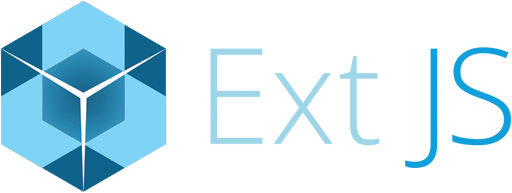Sencha Roadmap Update – September 2019
 Kegan Blumenthal,
Kegan Blumenthal,
GM of Sencha Inc.I am excited to share Sencha’s Updated Roadmap. Over the last six months since I joined as GM, our core team has worked hard to set Sencha on a clear growth path. We shared some of our plans in April this year, and I am happy to report that we are making significant progress on all fronts. The future of Ext JS is bright, and we’ve complemented our product line with robust offerings for React, Angular, and other frameworks with the release of ExtWebComponents. We have a lot of work ahead, and I think that our community should be excited about the future.
2019 in Review
The release of Ext JS 6.7 Modern toolkit added support for grid features such as filtering, locking, and virtual scrolling along with other enhancements—material chip design, multiselect combobox, and color picker. The Ext JS 6.7 Classic toolkit included multiple component improvements to grid, calendar, panel, charts, window, combobox, tabs, and dashboard, further enhancing the UIs developers can build with Ext JS.
We also updated our popular IDE plugins for JetBrainsⓇ, Eclipse*, and Microsoft Visual Studio. These provide productivity-boosting capabilities such as the ability to quickly write Ext JS code within developers’ favorite IDEs. As you will note on our roadmap, IDE productivity is an important future focus for us.
Late last year, we introduced the first Community Edition version of Ext JS, designed to give aspiring JavaScript developers simple yet modern tools to build great-looking, cross-platform enterprise applications easily and quickly. The Sencha Ext JS Community Edition (CE) provides a core framework, hundreds of modern components, material theme, open tooling, and much more with a limited commercial use license for free. While we have thousands of downloads, we believe in you to help popularize Community Edition and broaden our developer community.
With the recently released Ext JS 7.0, we have improved the Modern toolkit dramatically. We recommend starting off both desktop and mobile development using the Modern toolkit. Ext JS 7.0 includes improved support for multiple device types, which means that phone, tablet, and desktop app development can be accomplished in a single Ext JS project—called Ext JS Universal application. Read on to learn more about the cool new features introduced in 7.0.
Earlier this summer, we also released our free Upgrade Adviser tool, which scans your Ext JS 4.x and Ext JS 5.x apps to identify and report problems in source code that need to be addressed before upgrading to the latest Ext JS version.
Updated Product Roadmap
From the free Upgrade Adviser Tool to the long-awaited Ext JS 7.0, to ExtWebComponents product, the Sencha Product Management and R&D team have been busy! We’re excited to get these builds in your hands ASAP and anxiously await your feedback on what’s working well and what we can improve. Below is a look at the upcoming releases.
[Note that timing and scope are not committed until product general availability (GA)]
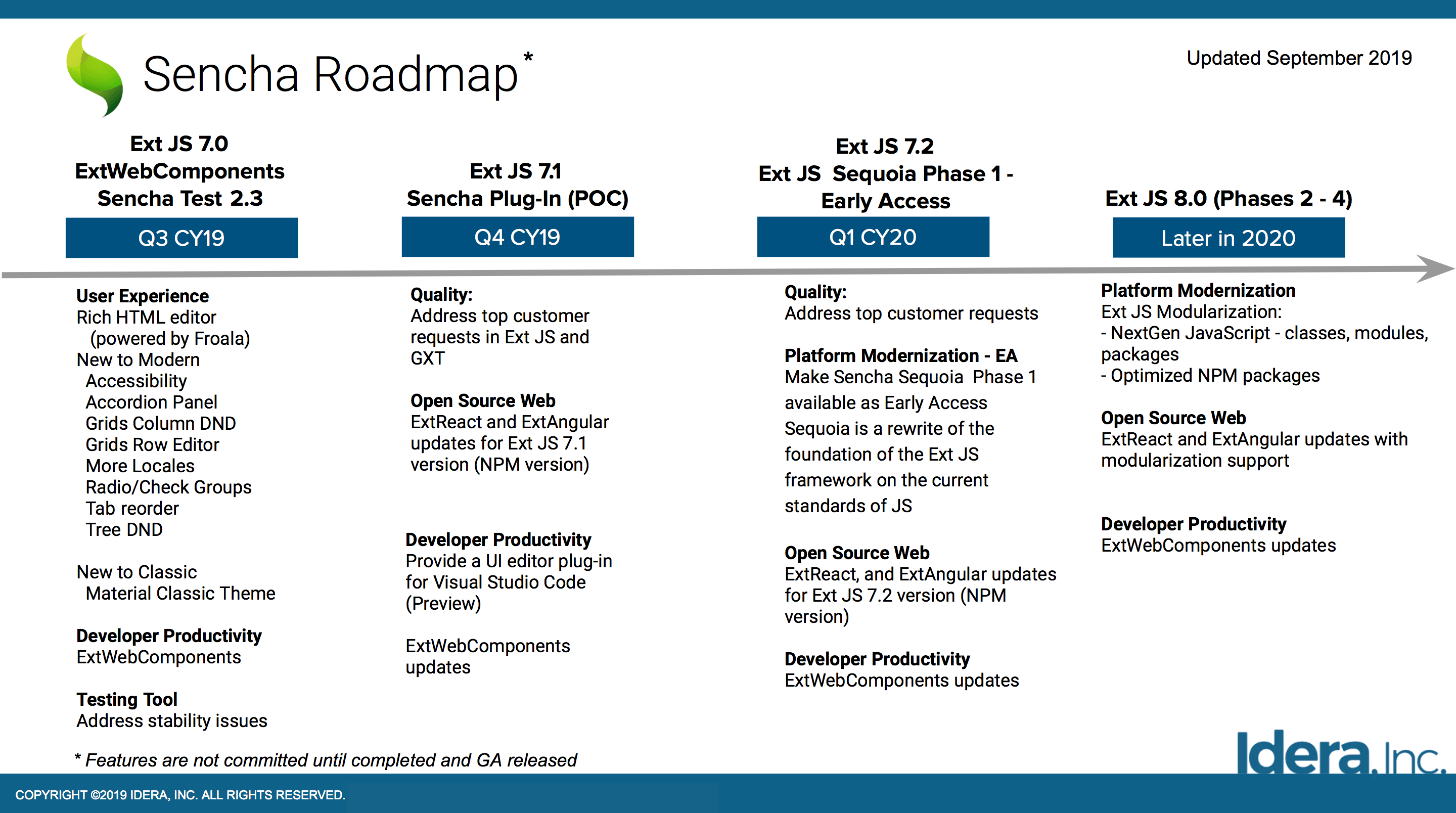
Q3 CY 2019
The following products were released in August and September 2019.
Ext JS 7.0
Ext JS 7.0 is our latest release, which offers an improved customer experience along with many new features. We’ve also added a contemporary WYSIWYG HTML Editor to edit application code using the smartest, most feature-rich editing capabilities.
- Grid Enhancements: Plugins for Drag and Drop and Row Editor; ability to easily move, reorder, or insert content in a grid cell; collapsible group to expand/collapse group of rows
- Tree-View Drag and Drop to easily move and reorder nodes in a tree view
- Accordion Layout supporting multiple panels and the ability to easily expand and collapse
- Breadcrumb Toolbar to easily display hierarchical data
- Form Group allowing grouping of checkboxes or radio buttons so that they can be validated or arranged together
- Addition of localization package to Modern toolkit with support for 10 additional languages
- Improved Accessibility, tab-indexing, and focusability
- Material theme support for the Classic toolkit
- ExtReact and ExtAngular updated with all the Ext JS 7.0 improvements
In the future, we plan to make debugging even more flexible for ExtReact, ExtAngular and ExtWebComponents by removing the webpack plugin dependency.
New Product – ExtWebComponents
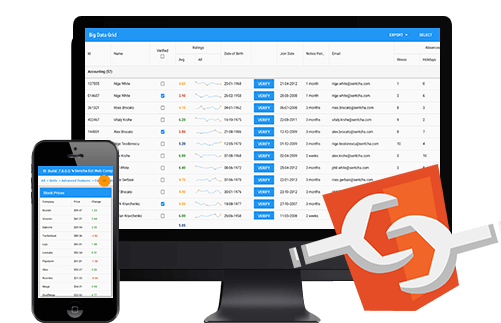
With the 7.0 release, we also launched a brand new product as part of the Sencha product line—ExtWebComponents (EWC). EWC provides hundreds of prebuilt UI components to easily integrate into your web applications built with any framework or no framework at all.
In this EWC release, you have the opportunity to use the rich Sencha Ext components as web components in a platform-agnostic application build strategy. We kicked off our Early Access (EA) program back in May and gathered a lot of valuable feedback from our customers leading up to the final release. We’re very excited about EWC and how developers using different JS frameworks or vanilla JS can take advantage of Sencha’s best-in-class component library.
Key features include:
- 140+ modern Sencha Ext components
- Sencha Themer to theme your application using graphical tools—without writing code
- All the Sencha tools to build applications with ExtWebComponents
Sencha Test 2.3
Sencha Test is our unit and end-to-end testing solution for Ext JS apps. It allows developers to create robust end-to-end tests to deliver quality apps. It also includes support for testing of ExtAngular, Angular, ExtReact, and React apps.
Key Sencha Test 2.3 features include:
- New npm packaging to enable running tests on any build system
- New Select Option
- Travis CI support
- Improved TeamCity testing support
- BrowserStack support and additional browser farm enhancements
- Improved backend support and reliability
Q4 CY 2019
Ext JS 7.1
We have heard your reports and are striving hard to make our product even better. For 7.1, we plan to focus on quality improvements in multiple areas such as Grid improvements, forms, and documentation—all centered on increasing the quality of Sencha’s data-rich enterprise components. We are also planning updates for ExtAngular, ExtReact, and ExtWebComponent.
GXT 4.0.4
GXT is Sencha’s solution for Java developers, allowing them to create
feature-rich HTML5 applications using Java and GWT (formerly Google Web Toolkit).
The 4.0.4 release will build on the feature set of the 4.0.3 release and will focus on addressing key improvement requests from our customers.
Visual Studio Code Plugin Preview
![]()
Earlier in the year, we communicated our plan to evaluate options for the future of Sencha Architect. Based on many discussions with customers and a POC, the team determined that the best alternative for now is to continue to evolve Sencha Architect in its current form. We have many large, successful customers using the product, and a significant re-architecture may make upgrade challenging. However, the team came up with a great idea for an integrated Microsoft Visual Studio Code plugin that addresses some of the vision around Sencha Architect. This approach allows developers to build HTML5 applications using drag-and-drop features so that less time is spent on manual coding and application code is optimized for high performance.
Our Microsoft Visual Studio Code plugin has been growing in popularity, and looking at the overall growth, we have been considering ways to provide the Architect experience within Visual Studio Code. As part of that, the team has been working on a proof of concept focusing on a new Sencha GUI design plugin for VS Code. The main goal of the GUI plugin tool is to combine our rich stand-alone tooling products into a single, cohesive solution that developers can use within VS Code. This preview is being built out as a Visual Studio Code plugin since the IDE meshes well with our existing technology choices and also provides tooling for the Ext source code as it’s being written.
If you’re an existing Architect user, you are likely aware that one of the main challenges is its reliance on metadata to understand the code generated. The new plugin aims to remove this dependency by creating a visual builder tool that can both parse and write valid Ext code.
Sencha Themer is a great tool for creating themes using the extensive Ext JS theming framework, making it easier for developers and designers to create beautiful themes for any Ext JS application. Currently, Sencha Themer creates stand-alone themes—which may not be specifically tailored to your Ext JS application. The new tool will look to solve this by coupling Themer’s visual tools with your actual Ext JS application code.
In addition, there are several features that cross-cut all of our tooling solutions. By combining functionality into one tool, we can have better integration among these shared features. For example, “inspecting” your application in a browser could point you directly to the source file that generated it and provide all configs used to generate it and all theme variables/mixins that apply to it. This is something that is still actively being prototyped, and we plan to provide a preview in the future.
If you love Ext JS, we encourage you to apply to be part of our MVP program. MVPs frequently get an early access view of what’s coming in the product through NDA briefings, so it’s a great opportunity to get involved.
Emphasis on Trainings and Curriculum
We want to continue to equip your teams with the knowledge to start building applications quickly and efficiently. This quarter, we will focus on designing curriculum and offer additional beginner/advanced trainings to make it easier for your teams to hire and train new Ext JS developers.
Q1 CY 2020
Ext JS 7.2
Ext JS 7.2 will focus on improvements in component usability. We will continue to expand improvements across our api-docs, guides, and examples—providing an overall improved reference experience.
We plan to provide 7.2 updates for ExtAngular, ExtReact, and ExtWebComponent, so expect to see even more improvements in the trees, grids, forms, and layouts. With every release we are continuously looking to make the components more valuable by improving the simplicity of use and ease of debugging and deployment.
Ext JS 8.0 “Sequoia” Preview
The goal of Ext JS has always been to build on the standards of the web and make it easier for developers to create enterprise-level applications using web technologies. Over time, the enhancements and solutions Ext JS has baked-in have been standardized by the web community in new ways.
Ext JS 8.0, codenamed “Sequoia,” has been focused on going back to the very lowest levels of the framework and reworking core decisions with the new set of standards. This project has the goal of leveraging the Ext JS programming paradigm by using the latest JavaScript features and standards. This will allow for a modern front-to-backend coding strategy. Sequoia also aims to remove custom-built tooling and allow Ext JS to fit into any JavaScript workflow. This project is the next evolution of the Ext JS framework.
Sequoia (previously referred to as Ext JS Next) has been in the works for a while, and we plan to release the next major version of Ext JS later in calendar year 2020.
Ext JS 8.0 Sequoia
Ext JS 8.0 Sequoia will offer our set of components in two phases—the first being an early access (EA) preview, and the second general availability (GA). The two phases will provide customers the ability to provide feedback early on along with the benefit of simplifying the migration from 7.0 to 8.0 as we move our components to the modern architecture.
- All Ext JS modern components will be available in Ext JS 8.0 Sequoia.
- Ext JS 8.0 will improve rendering and layout performance with all our component features.
- Experience the new and improved tooling integration and visual editing.
- Ext JS 8.0 will make building applications faster and easier than our competitors. We believe that the features in this stack will help you get the job done more efficiently.
Thoughts about our roadmap, feature requests, or any other feedback? Leave us a comment below.
Getting Started with Ext JS
Build your data-intensive applications with the newest features in Ext JS 7.0.
- Download the free 30-day trial of Ext JS 7.0
- View the Ext JS 7.0 examples on any device
- Read the Getting Started Guide
*’Eclipse’ is a trademark of Eclipse Foundation, Inc
Note: These plans and roadmap represent our intentions as of this date, but our development plans and priorities are subject to change. Accordingly, we can’t offer any commitments or other forms of assurance that we’ll ultimately release any or all of the described products on the schedule or in the order described, or at all. These general indications of development schedules or “product roadmaps” should not be interpreted or construed as any form of a commitment, and our customers’ rights to upgrades, updates, enhancements, and other maintenance releases will be set forth only in the applicable software license agreement.
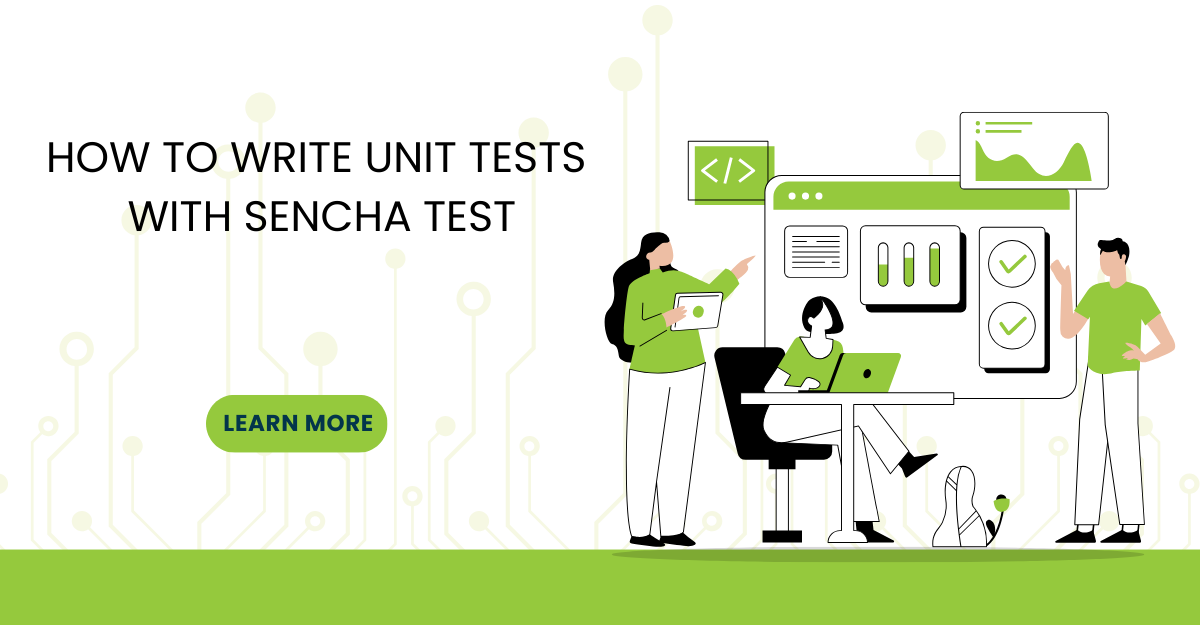
In modern software development, unit testing has become an essential practice to ensure the quality…

Highlights of Virtual JS Days 2024 From February 20-22, 2024, we held the third Virtual…
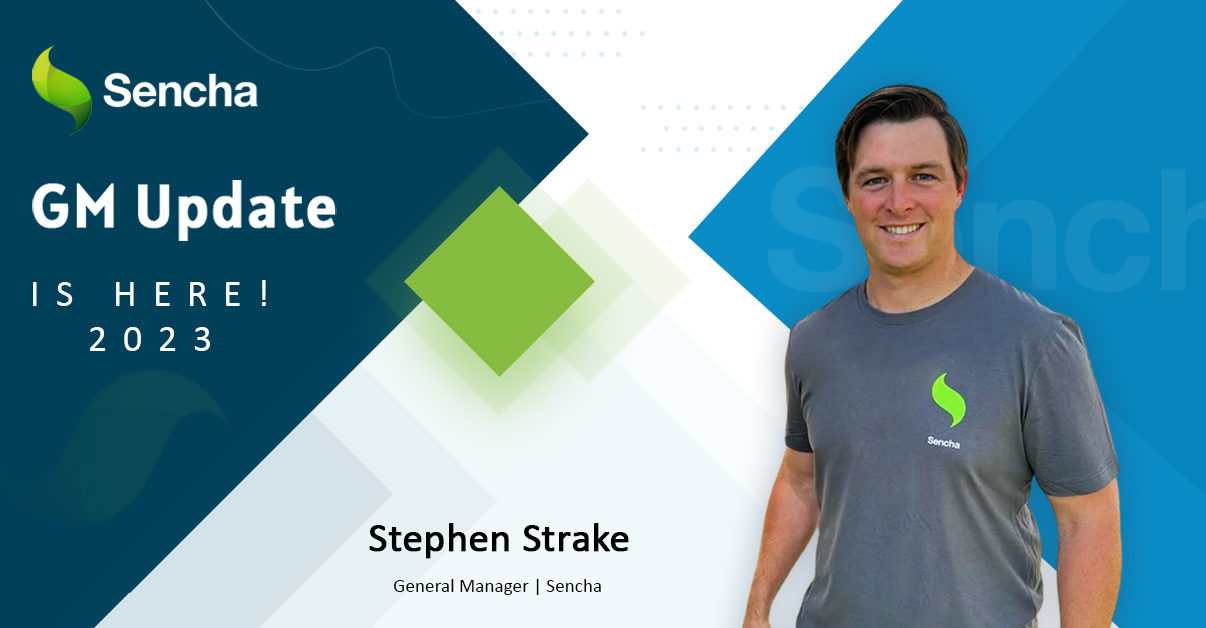
We are past the midpoint of 2023 and we are very proud of what we…



 Rapid Ext JS (beta)
Rapid Ext JS (beta)




